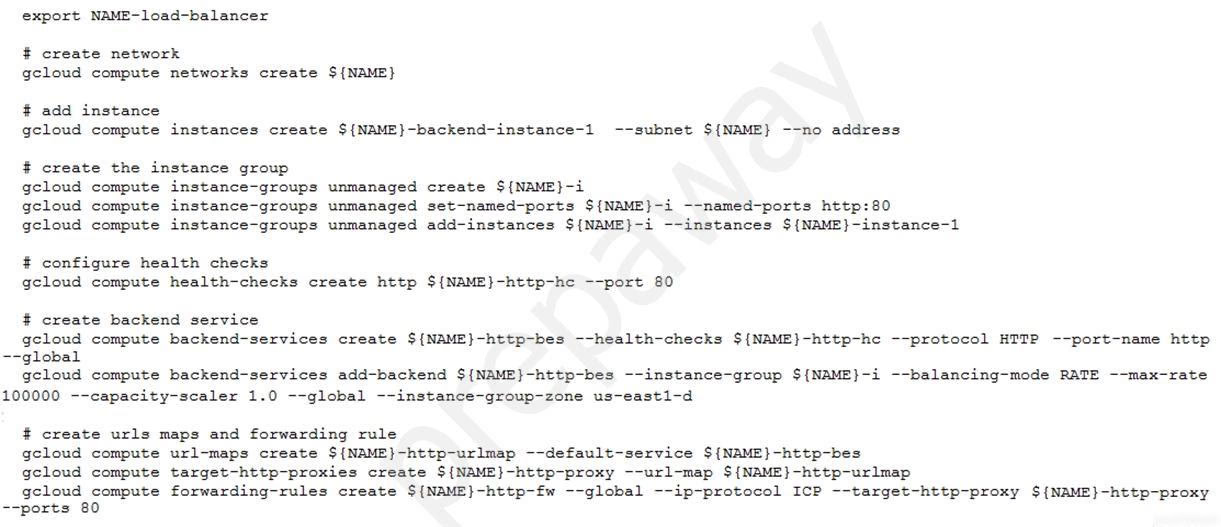Professional Cloud Developer
Here you have the best Google Professional Cloud Developer practice exam questions
- You have 339 total questions to study from
- Each page has 5 questions, making a total of 68 pages
- You can navigate through the pages using the buttons at the bottom
- This questions were last updated on June 30, 2025
- This site is not affiliated with or endorsed by Google.
